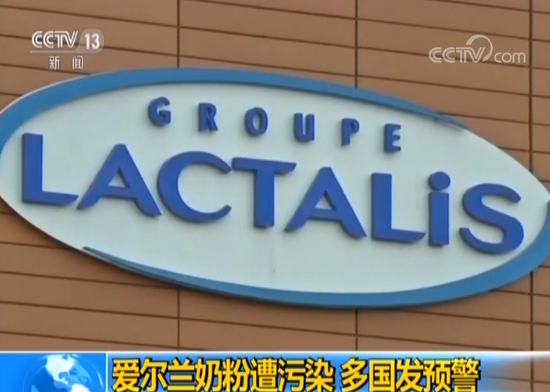针灸治疗:针灸辩证
|
文章导读:针灸治疗:针灸辩证,医学英语,医学英语词汇词典翻译,在线翻译,针灸治病,必须辨证论治,即根据脏腑经络学说及四诊入纲的理论,将临床上各种不同的病候进行分析、归纳、以… |
|
针灸治病,必须辨证论治,即根据脏腑经络学说及四诊入纲的理论,将临床上各种不同的病候进行分析、归纳、以明确病位(在经、在络、在脏、在腑、在表、在里)、病性(阴、阳、寒、热、虚、实),再依病因病机找出标本,缓急,这个过程就是辨证的过程;然后,根据辨证,进行相应的立法、处方,再依方取穴,依法施术,以通其经脉,调其气血,平其阴阳,和其脏腑,达到"阴平阳秘,精神乃治"的目的。这一过程叫论治。 |
Acupuncture and moxibustion therapy takes the theories of differentiation of syndromes as guidance in treatment, that is, it is based on the theories of Zang and Fu organs and meridians, the four diagnostic methods, and the eight principal syndromes, to analyze clinical data collected on a wide scale so as to determine the location of pathologic changes(in meridians and collaterals, Zang and Fu organs, and the exterior and the interior), the nature of pathology(Yin and Yang, heat and cold, and excessive and deficient),to weigh the severity of the disease and the state of the Qi and to get hold of the nature of the disease and its internal relations between manifestation and root. Then according to differentiation of syndromes, doctors work out principles and prescriptions to select the points and apply the therapy in order to invigorate meridians, regulate Qi and blood, and keep Yin and Yang in balance, Zang and Fu organs in harmony to guarantee Yin flourishing smoothly and Yang vivified steadily, hence a relative equilibrium and health are maintained. This is a process of proper therapeutic program. |
||||
|
针灸辨证:针灸是中医宝库中的一颗明珠,中医的辨证方法很多,有八纲辨证,脏腑经络辨证,气血辩证,六经辩证,卫气营血辨证,三焦辩证,病因辩证等等。这些辩证方法,各有其特点和侧重,而针灸临床最常用的是经络辩证,因为经络内属于脏腑,外络于肢节的原因,所以当经脉的运行发生异常时,就会在本经所循行络属的脏腑经络、五官九窍、皮肉筋骨等处有所反应,即十二经脉病候;奇经八穴病候,十五络脉病候,这是针灸临床诊断和治疗的基础。
|
Acupuncture is a precious jewel in the treasure house of Traditional Chinese Medicine. Base on different theories or principles such as: eight principles, the theory of Zang and Fu organs, the theory of meridians, the theory of Qi and blood, the theory of six meridians, the development of an epidemic febrile disease by analyzing the four syndromes(Wei, Qi, Ying and Xue Systems), the pathology of the Triple Energizer, analysis of the pathogenic factors, there are a number of methods in Traditional Chinese medicine for differentiating syndromes, there are a number of methods in Traditional Chinese Medicine for differentiating syndromes. Each method has its own stoutness and weakness and stresses on a particular aspect, while differentiation according to the theory of meridians is widely adopted in acupuncture practice. Because meridians and collaterals pertain to Zang-Fu organs interiorly and link with limbs and joints exteriorly. When it is abnormal in the circulation of meridians, it reflects on Zang-Fu organs, meridians, five sense organs, nine orifices, skin, muscle, tendon and bone where the affected meridian passes by. They are the symptoms of the twelve meridians; the symptoms of the Eight Extra Meridians and symptoms of the Fifteen Collaterals. This is the basis of diagnosis and treatment. | ||||
|
|























